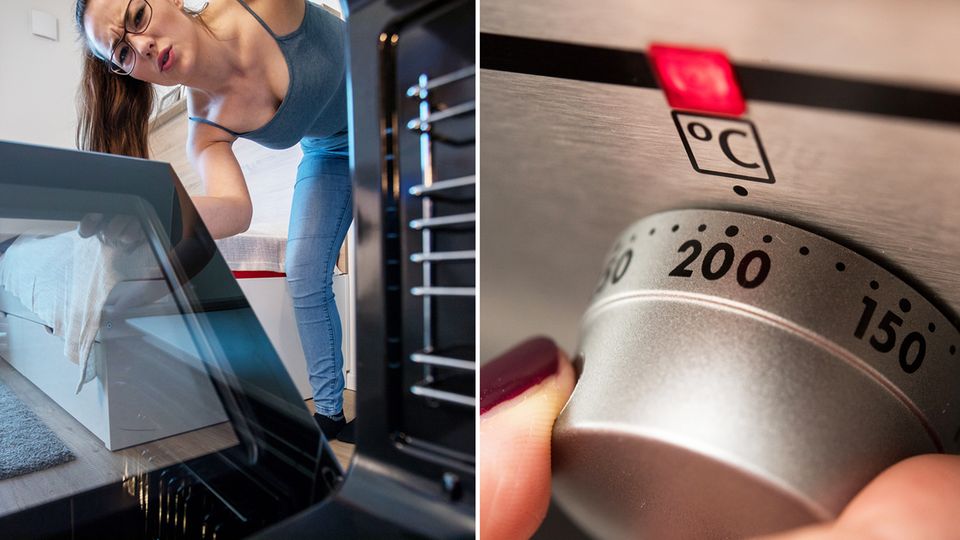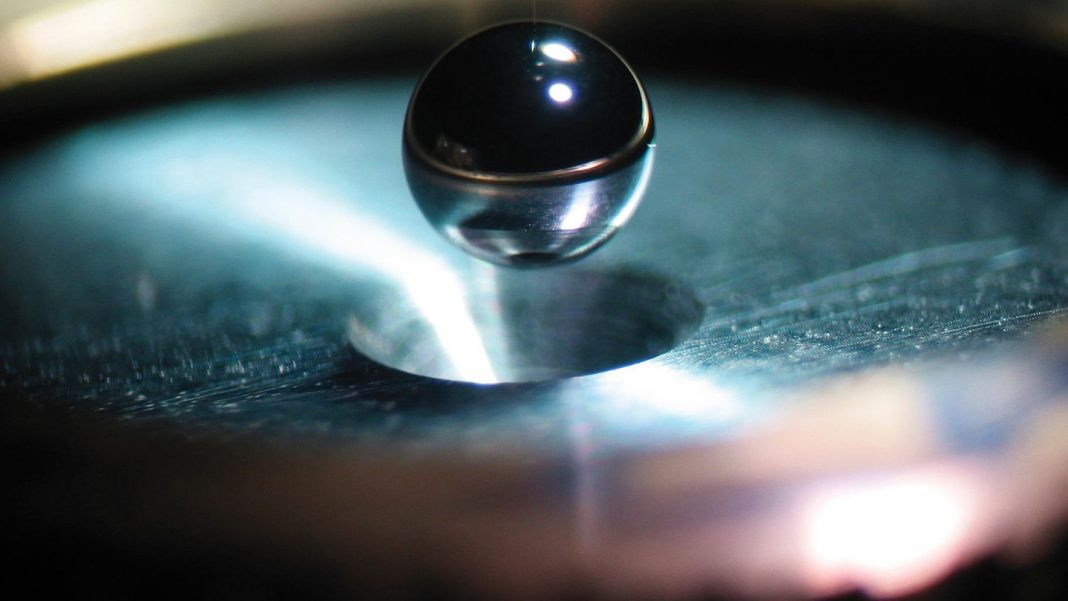70 Percent Energy gain
Solar reactor with lasers: Experiment brings breakthrough in nuclear fusion

A berylium bullet fired by lasers was one of the first attempts of the
National Ignition Facility to trigger nuclear fusion
© LLNL / / Picture Alliance
Endless energy without pollution, on the principle of the sun – this is the promise of nuclear fusion. But despite decades of research, the technology seems far away. A breakthrough has now been achieved in a current experiment.
In view of the increasing problems caused by climate change, the dream of nuclear fusion seems more attractive than ever: like the Sun, fusion reactors should eventually provide endless energy without polluting the environment with pollutants. But how exactly this should succeed is still open. A recent experiment now offers new hope.
The research community is enthusiastic about what was achieved at the National Ignition Facility with a barrage of lasers. Normally, scientists would not comment on experiments until they were published as a study, deputy project leader Mark Hermann told the New York Times. “But this has spread like wildfire.”
A breakthrough – but only a small one
What happened? With 192 laser beams, the NIF researchers had razed a tiny piece of hydrogen to the ground – creating a high-energy shock. The spectacular aspect of this experiment: optimizations had been hoped to increase the amount of energy by a factor of three. But instead, they had generated eight times as much energy as before.
“I’m extremely excited,” scientist Siegfried Glenzer of the SLAC National Accelerator Laboratory told the newspaper. “This is a promising way for us to create an energy source that does not emit CO2.”Markus Roth from TU Darmstadt, who was involved in the construction of the laser, called the experiment a” milestone in fusion research with lasers “compared to”Heise”.
The success of the experiment is not the fundamental success of the fusion, but the amount of energy gained from it. Nuclear fusion, in which several atomic parts are fused into a new one in order to trigger a self-reproducing chain reaction, had already been successful in the past. In the current experiment, however, it was possible for the first time to recover almost 70 percent of the energy input by the laser through the reaction.
A long way
Despite the breakthrough experiment, a lot of work is still needed as an energy supplier until nuclear fusion. And not only because the energy put into it still exceeds the energy gained. “The experiment shows that the laser fusion principle works in principle,” Hermann believes. Although the fusion has been proven, it would have to last much longer to generate energy. To do this, however, the giant laser would have to be able to fire at extremely fast intervals. Due to the extreme load on the material, this is currently only possible once a day.

Nevertheless, the experiment provides a lot of material with which further research can now be carried out, the experts believe. “After years of experiments with only 3 percent energy gain, this is extremely exciting, “quotes” Science ” Hermann. The researchers have therefore optimized their experimental basis at several points, for example by removing microscopic unevenness from the vessel used to store the hydrogen and extending the duration of the laser pulse. Which of the changes brought success can now be answered in the same way as the question of whether a further adjustment could improve the result even further.
Nuclear fusion has long been regarded as a source of hope for clean energy, but due to the lack of success in recent decades, it has been replaced by other energy production methods such as wind or solar energy. Accordingly, even governments interested in solving the climate issue spend little money on research. But this would not stop science, researcher Siegfried Glenzer told the Times. “Sometimes the best results come in the period of the worst financial endowment.”The current success could trigger a rethink.
Sources: New York Times, Science, Heise


